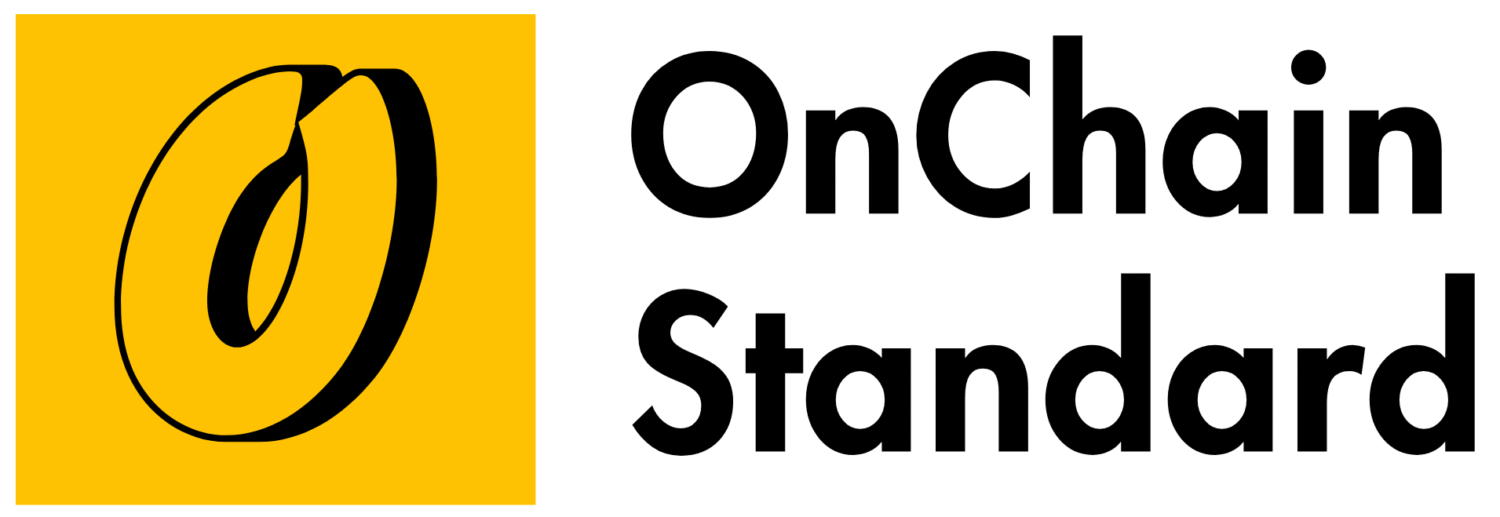Crypto in Tier-2 and Tier-3 Cities: How Small-Town India is Driving the Crypto Revolution
Introduction: Small Towns, Big Crypto Dreams
In 2025, a quiet revolution is unfolding in India’s Tier-2 and Tier-3 cities, where young investors in places like Jaipur, Coimbatore, and Dibrugarh are driving a $6.4 billion cryptocurrency market. With 107 million crypto users nationwide, per Chainalysis, 65% of trading volume now comes from non-metro areas, outpacing urban hubs like Mumbai and Delhi. Why are small-town Indians embracing Bitcoin, Ethereum, and NFTs with such fervor? Affordable smartphones, cheap data, and a hunger for financial independence are turning these cities into crypto hotspots. Whether you’re a beginner or a seasoned trader, this article explores how Tier-2 and Tier-3 cities are shaping India’s crypto boom, the challenges they face, and actionable steps to join this revolution safely.
Historical Context: From Metro Monopoly to Small-Town Surge
India’s crypto journey began in urban centers, but small towns have rewritten the narrative. In 2018, the RBI’s ban on crypto-related banking services stifled growth, pushing traders to peer-to-peer platforms. The 2020 Supreme Court ruling overturning the ban sparked a nationwide surge. “The ban lift unleashed a wave of enthusiasm, especially in smaller cities,” said Sumit Gupta, co-founder of CoinDCX. By 2021, WazirX reported 55% of new sign-ups from Tier-2 and Tier-3 cities, with Bhopal seeing 100% growth, per BuyUcoin data. The 2023 introduction of a 30% crypto tax and 1% TDS formalized the market but raised barriers. Meanwhile, global trends like Bitcoin’s 2024 surge past $100,000 fueled small-town adoption, driven by cheap data and mobile apps. These milestones shifted crypto’s center of gravity to India’s heartland by 2025.
Data-Driven Analysis: The Numbers Behind Small-Town Crypto
The crypto boom in Tier-2 and Tier-3 cities is powered by striking data:
-
User Base: India’s 107 million crypto users (7.5% of the population) lead global adoption, with 65% of trading volume from non-metro areas (Chainalysis, 2025).
-
Market Size: The $6.4 billion crypto market is projected to hit $15 billion by 2035 (CoinMarketCap, July 2025).
-
Demographics: 75% of investors are under 35, with 30–40% women, up from 15% in 2021 (WazirX survey).
-
City Growth: Jaipur, Lucknow, and Coimbatore lead, with Bhopal reporting 100% signup growth in 2021 (BuyUcoin).
-
Exchange Activity: CoinDCX and WazirX manage 35 million trading accounts, with 50% from Tier-2 and Tier-3 cities (Giottus, 2024–2025).
-
Investment Patterns: Average investment is ₹9,000 per user, with interest in Bitcoin, DeFi, and NFTs.
-
Digital Access: 1.2 billion mobile users and cheap data (₹10/GB) drive adoption (TRAI, 2024).
This shift reflects economic realities: small-town youth, often IT professionals or startup owners, see crypto as an inflation hedge and income source. Compared to metro cities, non-metro growth is 30% higher (Paytm Money). However, volatility (Bitcoin’s 15% Q1 2025 dip) and low KYC compliance (20% of users) pose risks. Businesses in these cities are adopting blockchain—12% of startups in 2024—while regulatory uncertainty drives 5 million traders offshore (Mudrex). Small towns are outpacing metros, but clarity is needed to sustain growth.
Real-World Examples: Small-Town Crypto Success Stories
Tier-2 and Tier-3 cities are producing crypto champions. In Jaipur, a 24-year-old engineer turned ₹10,000 into ₹1 lakh trading Ethereum on CoinDCX, leveraging free webinars. “Education made crypto accessible,” he told Reuters. Coimbatore’s textile entrepreneurs are using blockchain for supply chain transparency, with 10% of local startups adopting it in 2024. Giottus, a Chennai-based exchange, reported 50% of its trading volume from non-metro cities like Madurai and Bhilai, thanks to vernacular apps and Hindi tutorials. Globally, Vietnam’s high DeFi adoption (69% unbanked population) offers a model—India’s 20% unbanked could drive similar growth with education. These stories show small towns as crypto innovators, not just consumers. Dive deeper into India’s Blockchain Innovators or WazirX vs. CoinDCX.
Challenges and Solutions: Bridging the Small-Town Crypto Gap
Despite the boom, challenges persist in Tier-2 and Tier-3 cities:
-
Regulatory Uncertainty: The 30% tax and 1% TDS confuse 40% of traders (WazirX). A clear framework like the EU’s MiCA, which boosted compliance by 25%, could help.
-
Low Awareness: Many remain unaware of risks like volatility or scams (Outlook India). Local, language-sensitive education, like Binance’s 2024 campaign onboarding 500,000 users, is key.
-
Cybersecurity Risks: The $230 million WazirX hack in 2024 shook trust. Robust custody solutions, like CoinDCX’s 95% cold storage, can rebuild confidence.
-
Gender Divide: Women make up 30–40% of investors but lag in rural areas. Targeted campaigns could close this gap, as seen in Vietnam’s DeFi push.
Solutions include vernacular platforms, community-based education, and stricter KYC enforcement, drawing from Singapore’s 15% reduction in illicit trades.
Future Outlook: Small Towns Shaping India’s Crypto Future
By 2030, India’s crypto market could reach $25 billion, with Tier-2 and Tier-3 cities leading. With 1.2 billion mobile users and UPI’s 400 million monthly transactions, digital access will drive 20 million more users. Blockchain advancements like zero-knowledge proofs will enhance privacy, while Web3 gaming and NFTs could add $5 billion. The RBI’s digital rupee, piloted in 2024, may integrate with blockchain, streamlining $100 billion in cross-border payments. However, without clearer regulations, offshore trading could grow. Investors should allocate 5–10% to crypto, per SEBI, and businesses explore blockchain for supply chains. Small towns will remain the engine of India’s crypto revolution—join cautiously with education and vigilance.
Conclusion: Small Towns, Big Impact
India’s Tier-2 and Tier-3 cities, from Jaipur to Dibrugarh, are driving a $6.4 billion crypto revolution, with 65% of trading volume and a young, diverse investor base. Regulatory shifts since 2020 have fueled this boom, but challenges like unclear taxes and cybersecurity risks remain. By adopting global models like MiCA and boosting education, small towns can lead India’s crypto future. Whether you’re a beginner or pro, diversify investments, prioritize KYC-compliant platforms, and stay informed to seize this opportunity in India’s heartland.




